Food blogging is one of the best ways to make money online, while leveraging something you are passionate about.
Whenever you are able to leverage your passions you can create a brand that is aligned with your highest calling. You know that feeling when you don’t feel fulfilled in your day job and all you want to do is run away and hide under your desk? On those days when you feel that way, can you imagine how amazing it would be to upgrade your job and take on the role of a full-time food blogger?
I mean who doesn’t like to eat really great food? And who doesn’t like to actually get paid to try new foods and write about their favorite foods?
Back when I was helping celebrity nutritionist Kimberly Snyder, I started getting a lot of other coaches and service provider clients who all worked as food bloggers in some capacity. While some of these people were personal trainers, or chefs, they all had one thing in common: they all made money by blogging about food each month.
And they all were extremely passionate about their work!
I helped build Kimberly Snyder’s brand empire from a tiny passion blog about food in 2012 to a multi-million dollar media company.
Imagine the time freedom you could experience as a result of not having to commute to and from an office everyday. What if you could just stay home and create amazing healthy desserts, or take a trip to a new seafood restaurant you’ve been dying to try near your house?
That’s the reality that many of my past clients were living every single day of their lives. They got to deduct a percentage of their weekly grocery bills on their taxes, cook amazing gourmet meals for their families, and even pay the bills just by taking a few high-quality photos and writing about their experiences.
Sounds pretty awesome, right?
Well, it’s got to be one of the best jobs on the planet, and the truth is,
now is the greatest time to get into the market.In order to create your award-winning food blog, you need to have a top-tier niche centered on a specific type of food, or theme that is easily identifiable in the mind’s of your readers.
First Things First: Discover Your Niche

You should think about finding a niche by answering these questions:
- What type(s) of food niche(s) am I interested in? What kind of food am I already knowledgeable about and interested in?
- Which of these concepts are niches that other people are also interested in?
- How can this be turned into a concept that’s easy to understand and remember?
What could you write about that you know or are dedicated to learning that is different than what you’ve already seen online or in magazines?
How could you come up with something that is better than what you’ve seen on television, or on the cookbook rack at Barnes and Noble?
What life experiences have caused you to significantly alter your diet, or the dietary needs of your family? Are there other people who might benefit from that information?
For example, if your son contracted a rare allergy to eggs, how do you bake chocolate chip cookies?
Or, maybe you are an expert at reducing inflammation through your diet and have found some healthy recipes that helped you to recover after a major surgery, or a life-threatening illness.
Any of these ideas could help to launch a unique blog site that could be earning you money every month.
The Different Types of Food Blogs
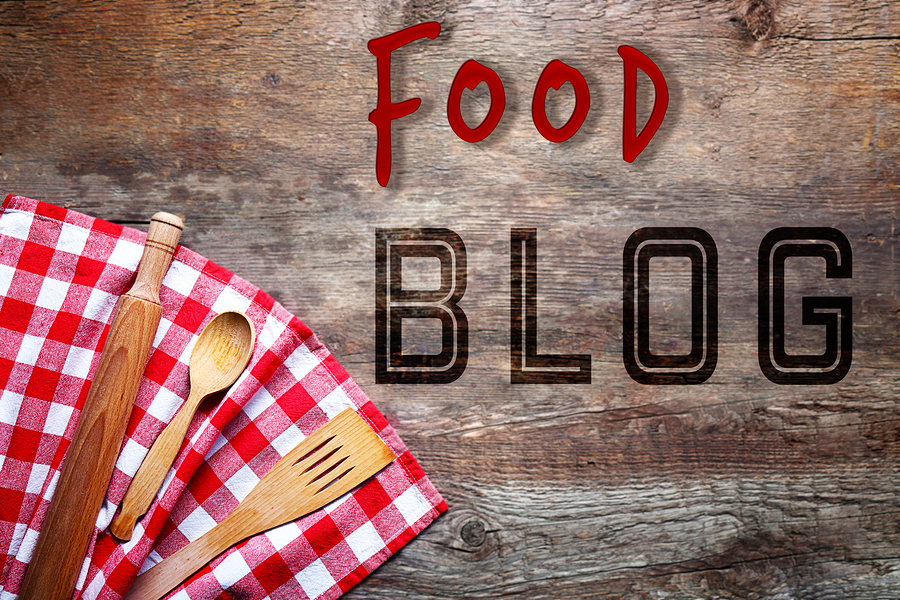
In order to make the most of your time and to help you leverage your passions it’s important to know what you are most passionate about when it comes to food. When you are really excited about a certain style of blog, then you can create posts with more ease, fewer headaches, and less distractions. This also means that you will be able to churn content out quicker in order to meet the demands of your hungry followers.
In addition to choosing your niche, you can also consider what type of food blog you want to have. It will usually fall into one of the following three categories:
- Original recipes with some sort of theme
- Restaurant reviews
- Lifestyle blogs about food, travel, nutrition, and fitness
In order to better understand which type of blog you should write, ask yourself: “Which blogs do I enjoy reading the most?”
In order to gauge this, you could check out other blogs that have had a lot of success. Here are a few of my favorites to help you generate lots of ideas for what you can do to create your own inspired food blog.
Check out Sally’s Baking Addiction. She shares a great post about how she monetized her successful food blog.
Also, if you want more information about how to do this I would highly suggest that you take a serious look at investing in an online course that can teach you what you need to know.
I was going to start a food blogger training program of my own based on how I built the business for Kimberly, but I never was able to finish it. So, I’d highly recommend that you follow these experts. Check out Food Blogger Pro’s excellent course here.
All of these are great examples of blogs that you can look into and model your own blog after.
- Kimberly Snyder: Plant based nutrition for beautiful skin/hair and overall lifestyle
- Sally’s Baking Addiction: All about original, innovative recipes that are approachable for novices and experienced bakers
- California Paleo Kitchens: Orange County’s premier Paleo Chef shares her most delicious and healthy recipes
- Minimalist Baker: A space dedicated to simple, delicious recipes
- Homesick Texan: Celebrating Texas home cooking through stories, recipes, photographs and community
- Mind Over Munch: Sharing recipes, fitness tips, and general advice for a healthy lifestyle
- Panini Happy: Recipes made with a panini maker
- EatingAsia: Culinary travels throughout Asia
- Celiac Teen: Gluten-free recipes
- $5 Dinners: Recipes and tips for $5 meals
- Veggie Belly: Vegetarian recipes … everything from easy to exotic
- My Heart Beets: Gluten-free, dairy-free and Paleo-friendly
What Should You Post On Your Blog?
Knowing what to post on your blog is one of the biggest impediments to actually starting a food blog. Many of my clients wanted to start for years before they finally bit the bullet and jumped in. The biggest thing to remember is that you will make mistakes. You will spell words wrong. People will say that you “stole their grandmother’s famous recipe.” And you will probably have some technical issues with regards to your site functionality once you get bigger. Pitfalls and setbacks are to be expected. But don’t let that get in the way. What’s actually important is that you get started and commit to your own success.
Here’s what you should be writing about.
1. Restaurant Reviews

These are some of the easiest posts to write because you can basically tell a narrative. For these types of posts, all you have to do is tell your story about an experience that you had at a local restaurant. Feature some photos of the food. Explain what makes the recipes stand out, and describe the quality of their service. Was there something unique or original about the restaurant? Did they have a unique spin on a classic dish, or source quality local ingredients?
All of this can be excellent material for a restaurant review.
You may even be able to garner some favor with the wait staff and get some free samples or complimentary upgrades by sharing that you are a food blogger and showing them the posts.
2. Recipes
Everyone loves to find new recipes, and with the Internet, there is a huge potential for you to share these with people who will share them with their friends, families, and audiences to get your site major exposure. For example, if you have a Pinterest account with beautiful pictures of a Holiday vegan dish, a lot of people will be searching for that during the holidays. If you’ve ever had someone in your family who didn’t eat turkey or ham, it can be nerve-wracking trying to cook for them. This means that people will actively take to the Internet before going anywhere else to find recipes. And if they find you, or they find your pictures through social media, they have the potential to share that information for other people to find, or become a subscriber themselves.
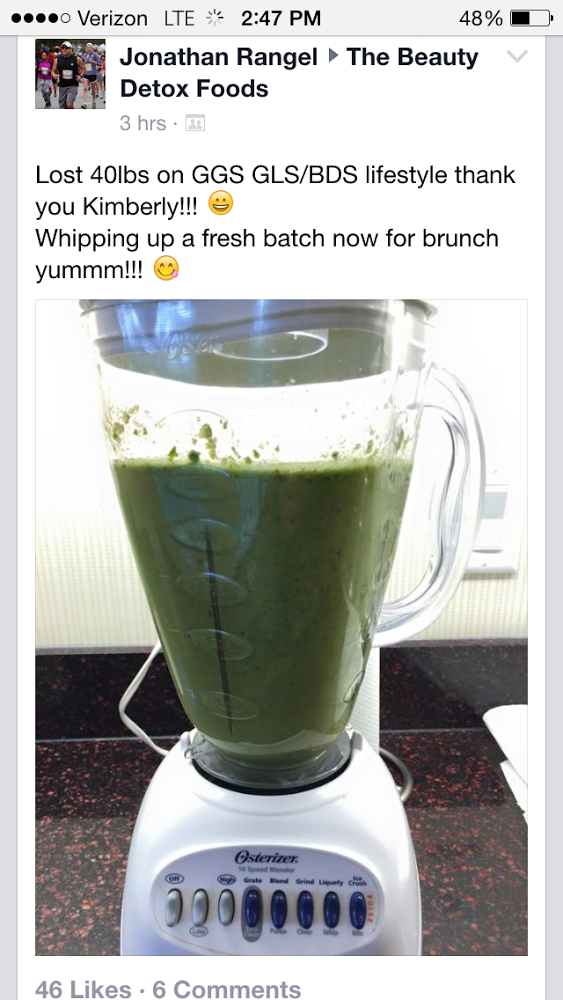
Make sure that you create specific labels for your recipes or some type of a brand moniker that you can use to tag all of the recipes you create. Having some sort of label or brand will make it easy to remember and people can easily search for it. Also, if your recipes get shared around a lot it will always reflect back to the brand.
Having recipes on your website is also a great way to keep people engaged, and to get them to come back to your site regularly.
Each time you create new recipes you can share these with your email subscriber list, which will generate frequent traffic, which can be leveraged for monetization.
3. Celebrity Eating Habits
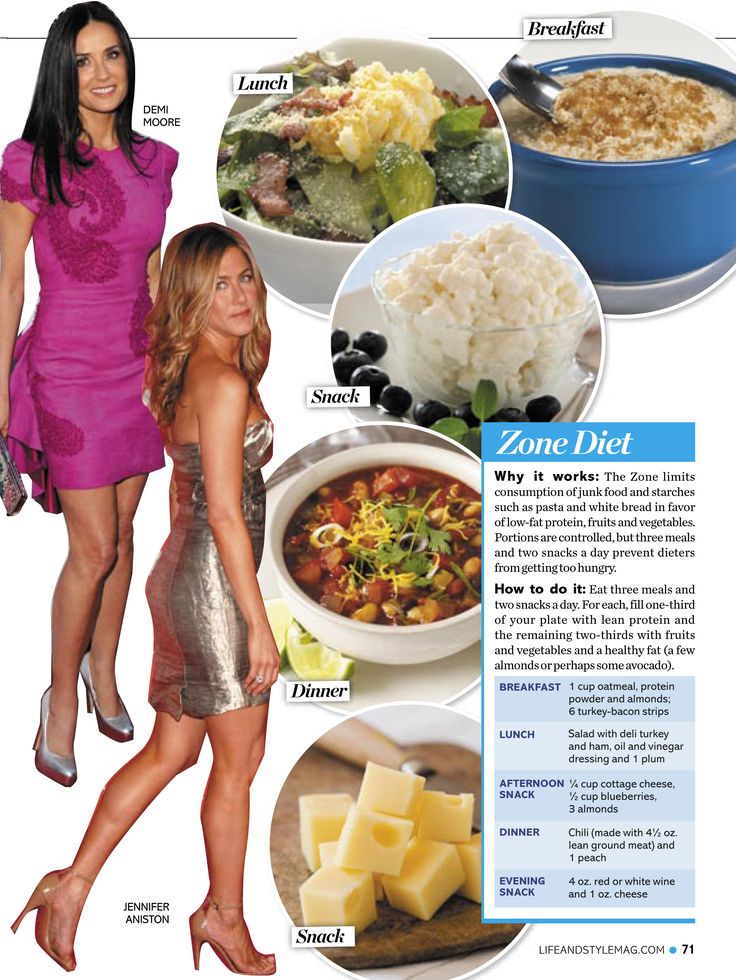
Everyone wants to know how Christian Bale got so big for his roles in Batman, or how Jennifer Lopez keeps her physique. And guess what? People are actively searching for this material. If you have some contacts in Hollywood, or know personal trainers who are knowledgeable, and have the ability to do in-depth research, you might be able to put the pieces of the puzzle together yourself and provide your best guesses on what celebrities were doing to get so big. You might even be able to interview them, by gaining access to their nutritionists or trainers, and sharing their interview with your readership.
This is an example of creating a win-win. When you can provide others with a reason to say “yes” to being featured on your website, you can gain additional followers overnight, when their readers find out that they’ve been featured on your site. You can also get some amazing content that could be shared around the web, and that will be searched for when people Google the type of content you are creating.
The reason I suggest writing about celebrity trends, is that celebrity appeal isn’t going away. People are always going to be fascinated with celebrities, which means that it is a stable industry, and one that can help you to get your blog on the fast track to success.
4. Tips and Techniques for Cooking
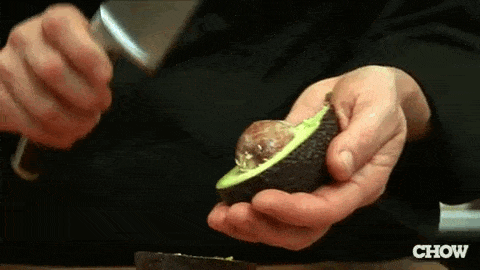
Have you been cooking long enough to learn some secrets around the kitchen?
A few simple cooking tricks can make a boring dish even more delicious or simplify your cooking process altogether.
From creative solutions for leftovers to a quick fix for too-salty soup, provide your audience with helpful tips and tricks that can save time and money.
5. Shocking News About Food
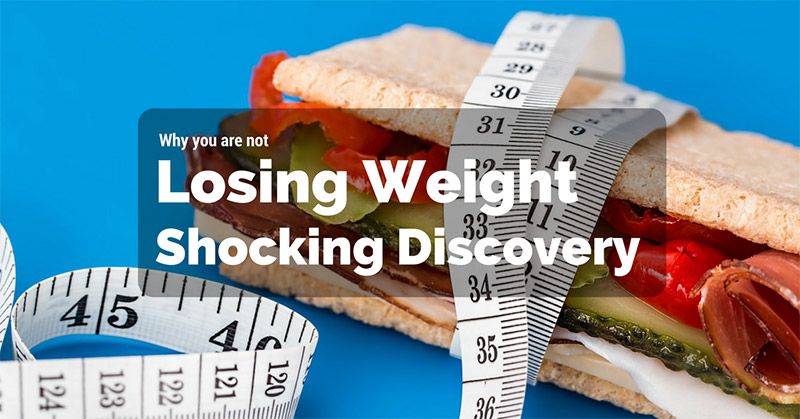
This is a topic that always has some intrigue, especially on social media. I’m sure we’ve all clicked on some clickbait that told us why we should never eat bananas after 11pm, or how this one trick will instantly help us lose belly fat. Unlike these posts, your content can actually discuss why agave isn’t as healthy as the experts say it is, or why eating animal meat is important (or not.) It doesn’t matter what your beliefs are, so long as you back them with solid research and convincing explanations based on facts.
People are always curious to hear something groundbreaking in terms of food and nutrition, and with so many trends in eating being adopted, it looks like you will always have a steady market of subscribers who are interested in hearing more.
6. Diet Related Food Information

I’ve already touched on this a bit earlier, but every time someone has a diet-related question, they go to Google and look for content. Even if your content doesn’t appear on the first page, there are many people who are absorbing everything they can about different diets.
This is another great topic to write about because it will be around for as long as your chosen dietary topics are relevant.
Try to give both the pros and cons and also make sure to include some interviews with experts.
7. Remix Healthier Versions of Your Favorite Recipes (#RecipeRemix)

Even if your recipes are absolutely delicious, you’re going to have to deal with the fact that a lot of your audience can’t eat them. As you may know already, the days of food just needing to taste “good” to please people are long over.
Your audience has dietary needs, medical issues and some are just following the latest fad diet and are wondering if your blog can help them.
You now have to deal with things like: Gluten-Free, Vegan, Paleo, Plant- Based, Dairy free, High Protein, High Fat, etc.
What’s more is that the foodies out there will not compromise on taste. They will ask you for a gluten free, dairy-free, unsweetened cheesecake and if it’s even 10% less satisfying than the real thing, they will blame you.
Using the art and science of cooking food, you can discover ingredient alternatives to fit any diet for any recipe while still giving the amazing taste you and your audience are looking for.

My former Paleo Chef Nicole recommended a great book to me that trumps any cookbook I’ve ever seen – The Flavor Bible: The Essential Guide to Culinary Creativity, Based on the Wisdom of America’s Most Imaginative Chefs.
How Often Should You Post On Your Blog?
A good general rule of thumb is that you want to post at least once per week. Top blogs post at least twice per week to make sure that they get a steady stream of readership from their active followers. Additionally, many blogs will try to post something every day, or even multiple times per day.
The biggest thing you need to focus on is consistency. When you commit to posting everyday it can be challenging, unless you have a team to make sure that content is finished, and uploaded. For example, if you go on vacation you still need to make sure you are following through and providing good content. The more your followers expect of you, the bigger responsibility you have to keep the content coming!
That’s why I suggest starting with one or two blogs per week and expanding from there.
How To Make A Profit
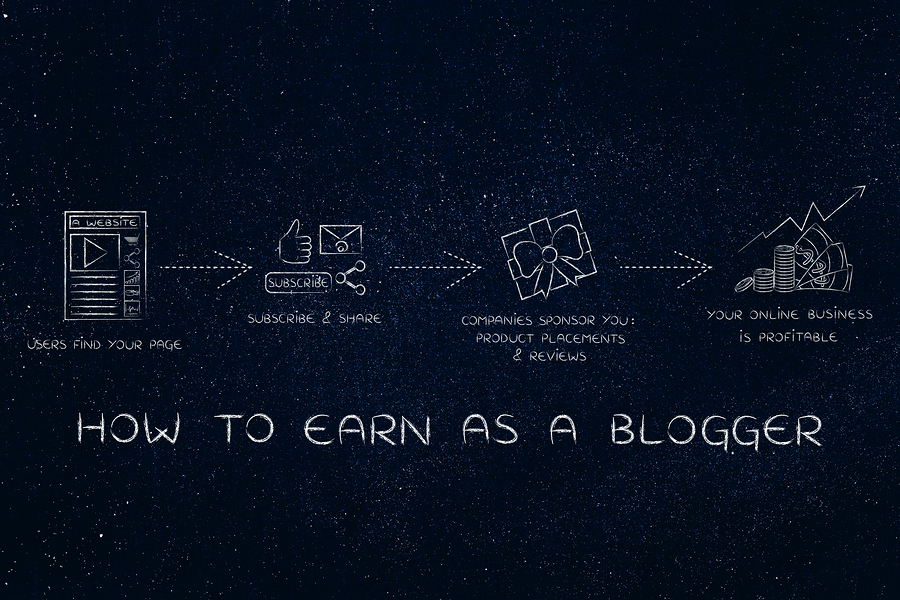
So how do you make money from food blogging?
This list will provide you with a great foundation for understanding the best ways to make your food blog profitable. Most people think that they can just launch a blog, post on Facebook and become a millionaire. But it just doesn’t work that way. Instead, you’ve got to work pretty hard in the beginning, but if you can put in the grit and stay consistent while using great strategies, it is possible to make a full-time living off of your food blog.
1. Selling a Digital Product
Digital products refer to something such as an online course, an ebook, a recipe cookbook, an audio class, or a video course that walks you through a specific topic. These have become very popular in the past few years.

This is by far the best way to make money on your website. Once you create the course, the majority of the work is done, which means you can make monthly recurring passive income.
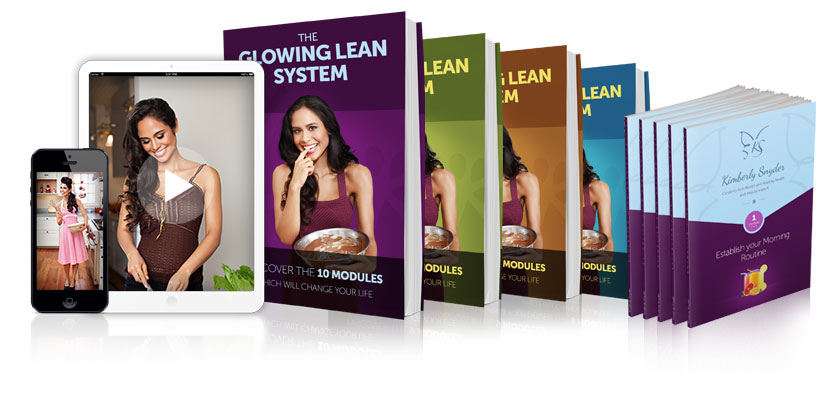
With Kimberly, we created an online course called the Glowing Lean System and sold it for $147 (currently $97). There were 10 video modules, at about 15 minutes each. That digital product generated over a million dollars in sales which helped fund our other physical product ventures and scale our business.
You will also want to consider creating a meal plan like Kimberly’s 30 Day Detox Express Digital Meal Plan that you can use as an upsell or entry level product offering.
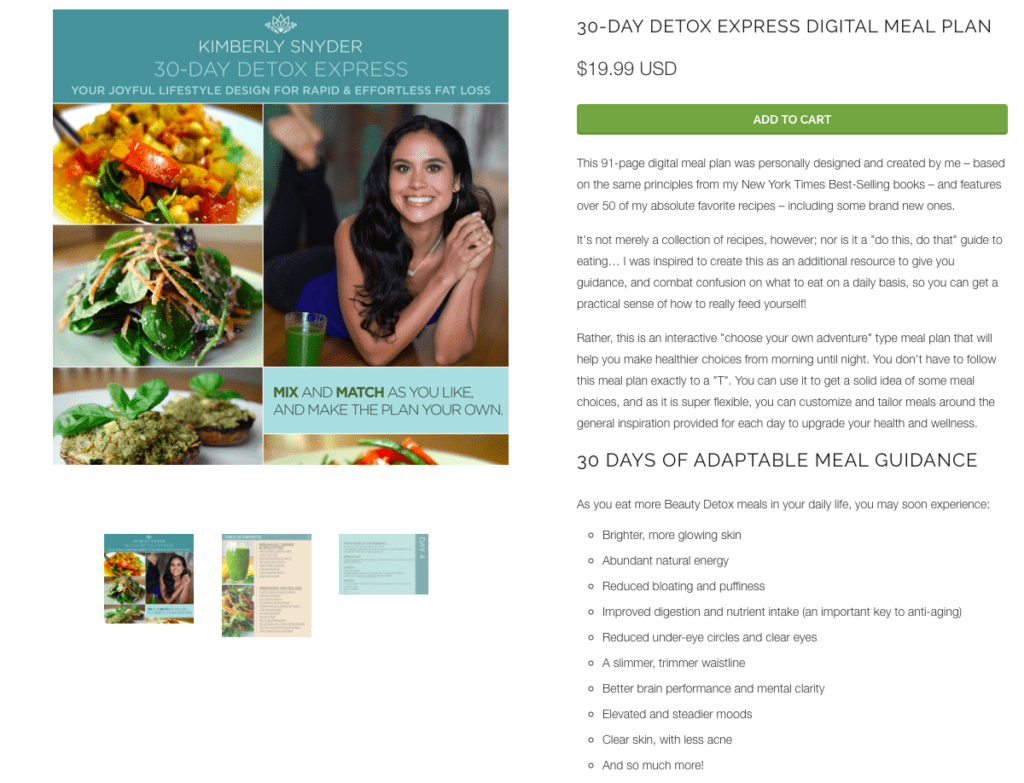
2. Advertising on Your Site:
You can use networks like Google AdSense or BlogHer to make money from advertising on your site.

3. Brand Partnerships:

Another way to make money is through Brand Partnerships. Once you develop a following, companies will negotiate partnerships (e.g. sponsor your posts or your entire site).
With Kimberly, we were able to get sponsorships from companies like Burt’s Bees and New Balance, who paid healthy sums of income to sponsor our posts on social media and to be on theirs.
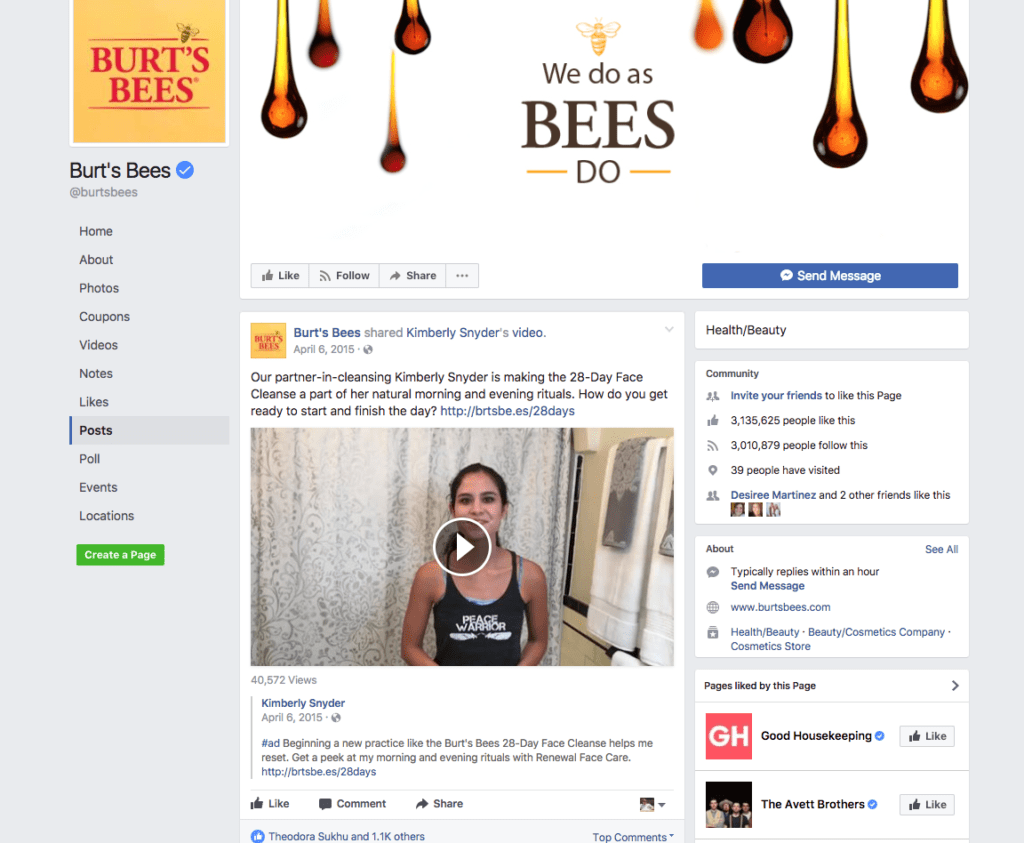
4. Creating Content for Another Company’s Website:

Once you get the swing of food blogging, you can eventually become a freelance food writer and get paid to write food articles for other websites, including newspapers and magazines.
5. Becoming an Affiliate for Amazon:

By signing up for Amazon Associates, you can make money from Amazon products you recommend that visitors to your site click and purchase, earning you a steady commission.
Virtually everything you use, including your food, is available for purchase on Amazon. So you might as well get paid for referring traffic to their site.
6. Selling Other Affiliate Products:
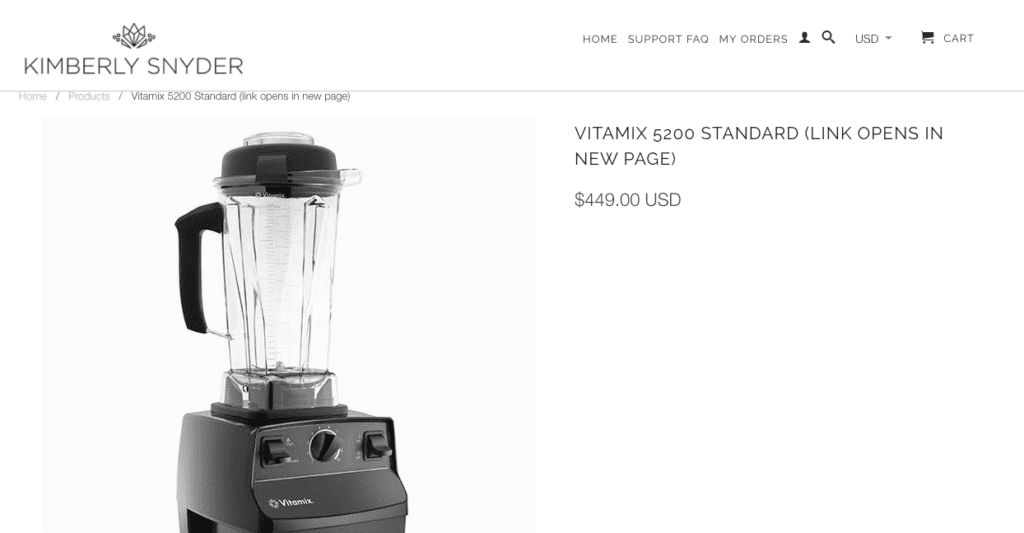
This list includes products like a Vitamix blender or selling other food blogger’s products for what is called affiliate commission. This is a fantastic way to add extra income, and to offer great quality products to your readers.
7. Physical Product Sales from Your Blog:
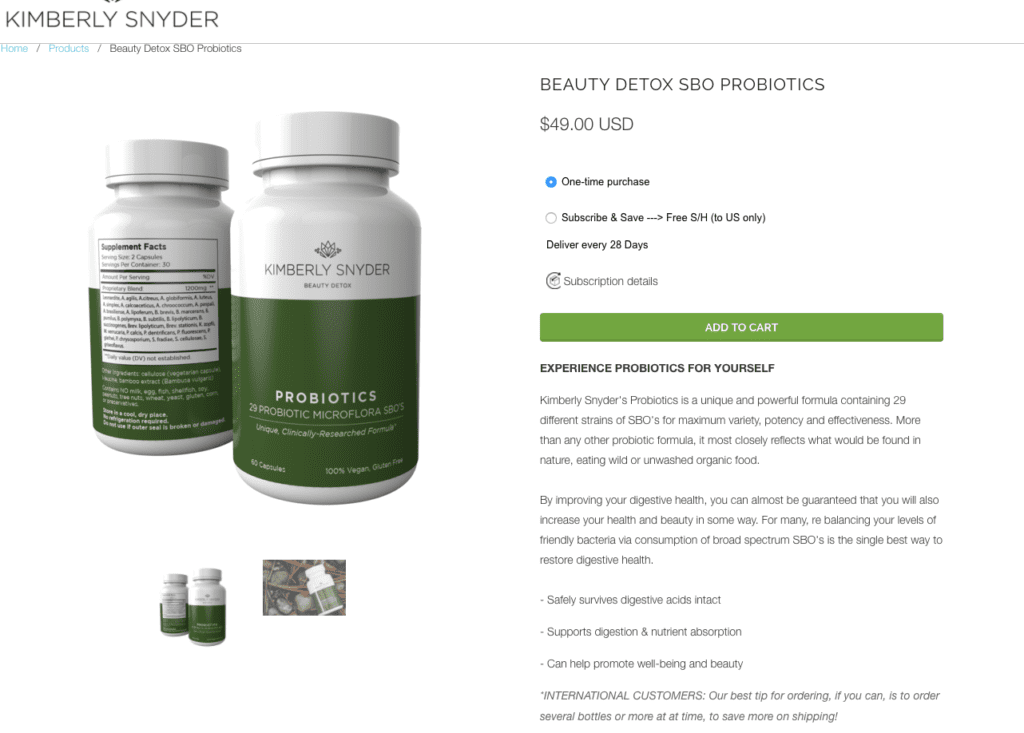
Last but not least, you can sell physical products from your blog such as t-shirts, cookbooks, cooking equipment, and even protein powders or food items. As people become fans of your site, they’ll eventually show off their love by purchasing products to support you and to get something nice for their home.
Additionally, the supplement market is really big and you can white-label already proven formulas and drop ship them.

Become A Professional Food Blogger

All of these are fantastic ways to monetize your brand. And I will go into more detail on how to actually achieve each of these strategies in a future blog post.
To recap, remember that you need to start with a niche that you feel confident blogging about. You will need to champion the ideas that are popular within whichever movement you choose, and pioneer some of your own.
Also, you will need to get committed to sharing information on social media, taking pictures, and writing a variety of posts. One of the best perks is that you can write off your traveling and food purchases because it’s part of your business. Make sure to see a tax professional who specializes in things like online businesses, or who has worked with food bloggers from your home state before to find out exactly what you can write off.
You are your own motivation source so make sure that you commit to writing consistently. As you discuss more relevant topics and begin getting people following you online, you will attract more monetization strategies, additional partners, and new opportunities. Put in the work in the beginning so that when the time is right you can capitalize on your efforts.
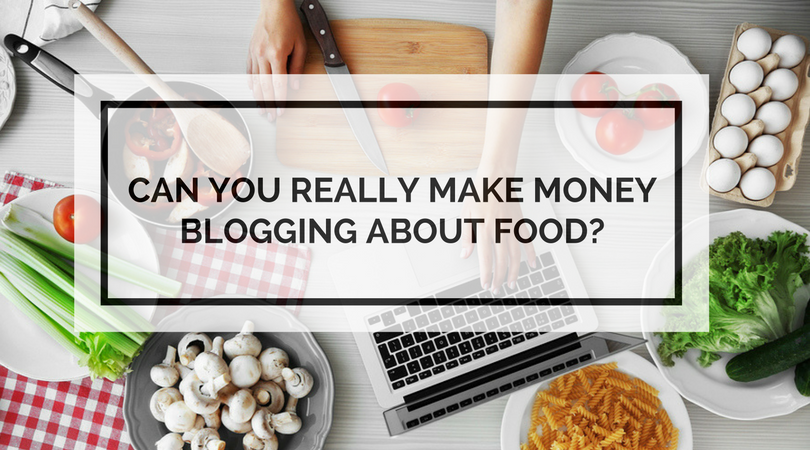


10 Responses
Great Article, I do believe you can make money blogging about foods. Several of the business partner have start their own blog. You have really done your research on the great topic. Besides people love to eat delicious food and recipes. Thanks again
I spent a great deal of time in the food blogging world. Super fun and it’s like getting paid to eat!
Awesome post thank you for sharing
You’re welcome Kristopher!
this content has really helped me know what do and how to start my food blog.i really want to make it a big business and help others eat well.
I’m gonna try some of these with my restaurant review website, but of course the hardest part is building up a following. I’m going to search your site to see if you have any tips for that as well. Thanks for sharing this info.
One question: because things change so much on the internet, because of social media, and because you started helping some of these brands over 5 years ago, are these the most updated ways of monetization and brand building?
Amazing post, Kumar! My two favorite blog topics – food and travel!
Hi Aj,
this is a thorough article. i might have something to add in terms of the section, How To Make a Profit.
OrderMyRecipe.com is creating a website that splits commission with food bloggers who add their recipes. Every time someone orders the ingredients for a recipe, a commission will be split with the blogger. The website is still in beta and doesn’t pay yet, but feel free to check it out.
(You can add a link to your blog instead of detailed instructions so customers will have to still visit your blog.)
the website is now live and ready to pay chefs a commission on the ingredients ordered from their recipes!
Thank you for every other wonderful post. Where else may anybody get
that kind of information in such an ideal manner of writing?
I have a presentation subsequent week, and I am on the look for such info.